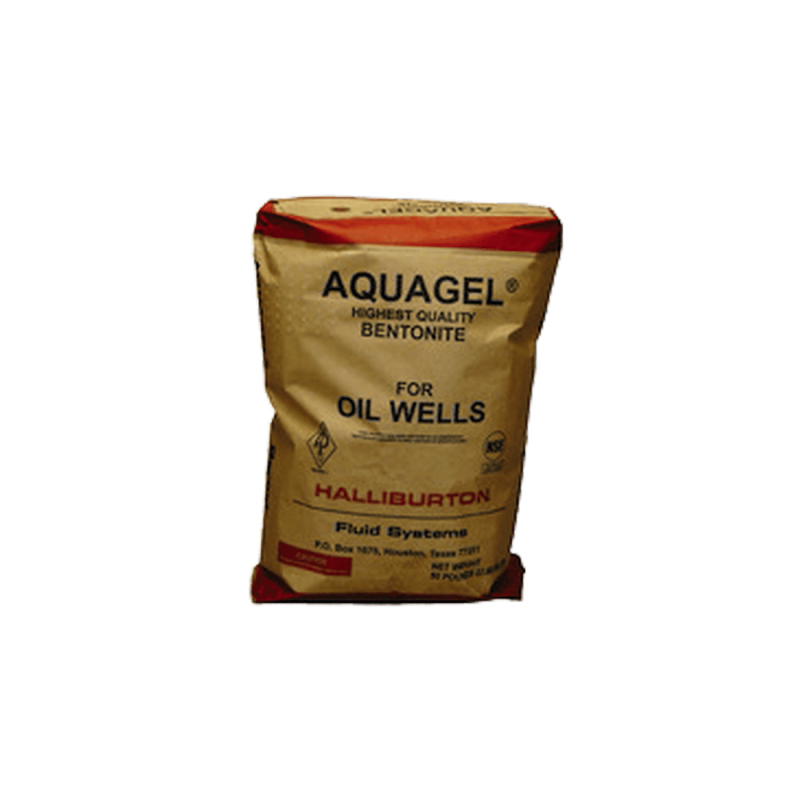Fixing a pond leak with bentonite while full - 04/10/21 08:52 PM
I have a question about sealing my recently constructed pond with bentonite. I don't really want to dewater the pond (its about 30% full). I have the leaking area isolated and was considering purchasing bagged bentonite and then mixing it with water and basically pumping the bentonite slurry into the leaking area of the pond. It seems like using this method I could avoid issues with sprinkling the bentonite and get an even distribution of the product in the leaking pond area. Has anyone ever tried this method?
![[Linked Image from forums.pondboss.com]](https://forums.pondboss.com/ubbthreads.php?ubb=download&Number=17156&filename=200px-Well_sorted_vs_poorly_sorted_.png)

![[Linked Image from forums.pondboss.com]](https://forums.pondboss.com/ubbthreads.php?ubb=download&Number=17158&filename=AQUAGEL.png)
